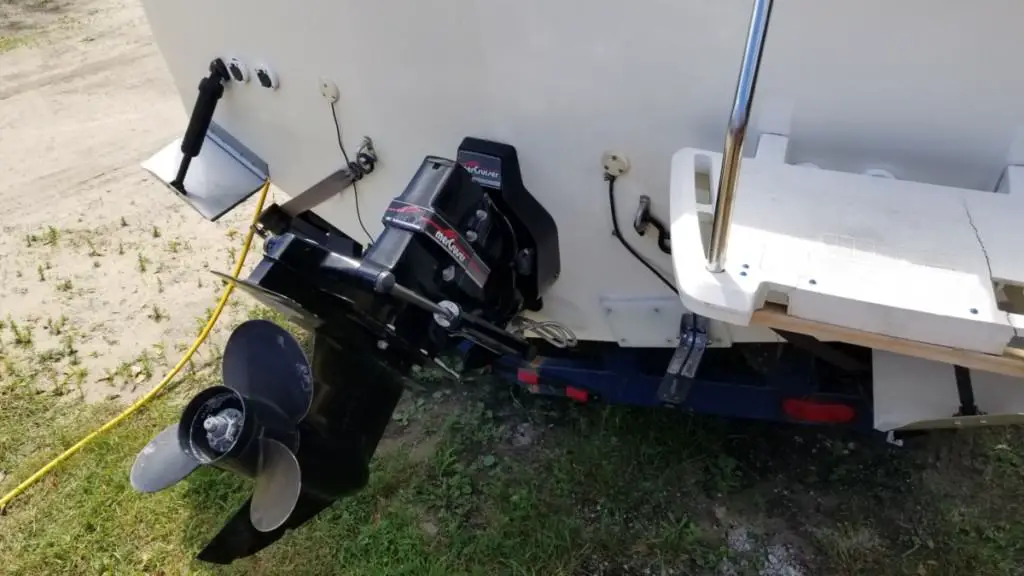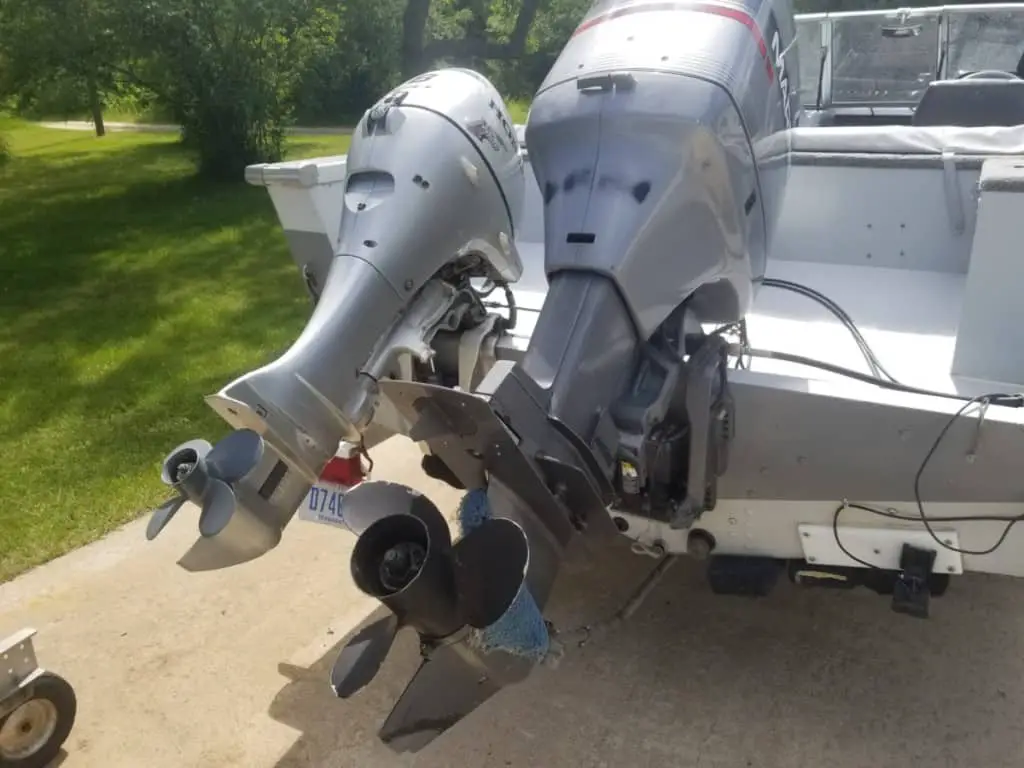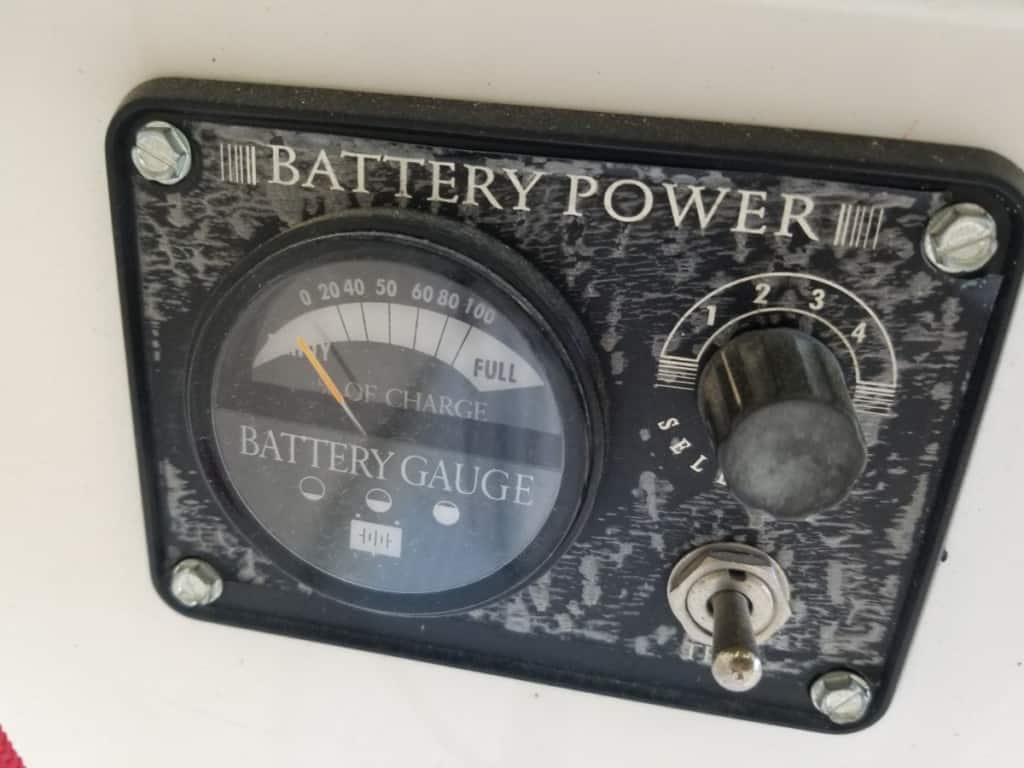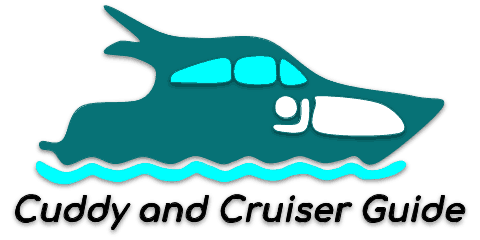Boat owners and enthusiasts often have questions about their vessel’s various components, and one common question is whether or not boat engines have alternators.
In this article, we will dive into the world of boat engines and explore the role of alternators in maintaining your boat’s electrical system. We’ll also discuss different engine types and their respective charging systems.
Understanding Alternators and Their Function
An alternator is a crucial component of an engine’s charging system. It converts mechanical energy from the engine’s crankshaft into electrical energy, which is then used to charge the boat’s batteries and power onboard electrical devices.
Essentially, the alternator acts as a generator and makes sure that the boat’s batteries remain charged and that the electrical system operates efficiently.
Remember, an alternator only works to charge your battery (or batteries) when the engine is running. If you’re anchored, you will not be charging your batteries.
Inboard and Sterndrive Engines
Inboard and sterndrive engines are typically found in larger boats and are similar to car engines in many aspects.
These engines are usually powered by gasoline or diesel fuel and are mounted inside the boat’s hull. Most inboard and sterndrive engines are equipped with alternators, just like their automotive counterparts. The alternator is driven by the engine’s crankshaft and generates electricity as the engine runs.

Outboard Engines
Outboard engines are smaller, self-contained units that are mounted on the outside of the boat’s transom and are commonly used on smaller boats, such as fishing boats and runabouts.
Most modern outboard engines also have alternators or similar charging systems.
However, smaller outboard engines, particularly those with low horsepower, may use simpler systems, such as magneto-based charging systems or stator-based systems. These systems may not provide the same level of charging capacity as an alternator but can still maintain the battery’s charge while the engine is running.

Electric Boat Engines
With the growing popularity of EVs (electric vehicles), electric boat engines (motors, technically) are becoming more common out on the water. These “engines” are powered by batteries rather than a fuel like in a combustion engines.
As such, electric boat engines do not have alternators. Instead, they rely on external charging sources, such as shore power or solar panels, to recharge the batteries.

The Importance of a Well-functioning Charging System
A properly functioning charging system is essential for any boat, as it ensures that the batteries remain charged and that the boat’s electrical system operates efficiently.
A faulty alternator or charging system can lead to a host of problems, such as a dead battery, dimming lights, or even damage to electrical components. Regular maintenance and inspection of your boat’s charging system, including the alternator, can help prevent these issues and ensure a smooth and enjoyable boating experience.
Signs of Alternator Problems
If you suspect that your boat’s alternator or charging system may be malfunctioning, keep an eye out for the following signs:
- Dimming or flickering lights when the engine is running
- Slow or weak battery charging
- The battery is not holding a charge, requiring frequent jump-starts
- Unusual noises, such as grinding or whining, coming from the engine compartment
If you notice any of these symptoms, it’s essential to have your boat’s charging system inspected by a qualified marine technician as soon as possible.

Maintaining Your Boat’s Alternator
Proper maintenance is key to keeping your boat’s alternator and charging system functioning efficiently. Here are some tips to help you maintain your boat’s alternator:
- Regularly inspect the alternator for signs of wear or damage, such as frayed or broken wires, loose connections, or corrosion.
- Check the alternator belt for proper tension and signs of wear. Replace the belt if it is cracked, frayed, or excessively worn.
- Keep the alternator and its connections clean and free of corrosion. Periodically clean the terminals and connectors with a wire brush and apply a corrosion inhibitor such as dielectric grease.
- Monitor your boat’s voltage levels to ensure that the alternator is charging the batteries correctly. Consult your boat’s owner manual or consult a marine technician for the appropriate voltage range.
- Schedule regular maintenance checks with a qualified marine technician to inspect and service your boat’s charging system.
Final Takeaways
In summary, most boat engines, whether inboard, sterndrive, or outboard, are equipped with alternators or similar charging systems to keep the batteries charged and power the electrical system.
Electric boat engines, however, do not use alternators and instead rely on external charging sources.
Regular maintenance and inspections of your boat’s alternator and charging system can help prevent issues, ensuring that your boating experience remains enjoyable and worry-free. If you suspect any problems with your boat’s alternator, be sure to consult a marine technician for proper diagnosis and repair.
